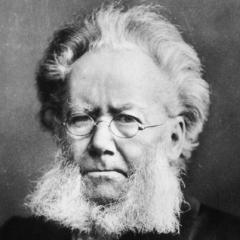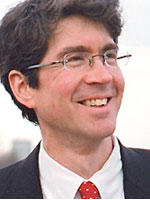Self Quotes - Page 376
Ralph Waldo Emerson (1850). “Representative Men: Seven Lectures”, p.14
Ralph Waldo Emerson (1808). “Select Essays and Poems”, p.32
He cannot be happy and strong until he too lives with nature in the present, above time.
Ralph Waldo Emerson (2010). “Self-Reliance, the Over-Soul, and Other Essays”, p.29, Coyote Canyon Press
Ralph Waldo Emerson (2010). “Essays and English Traits by Ralph Waldo Emerson: The Five Foot Shelf of Classics, Vol. V (in 51 Volumes)”, p.79, Cosimo, Inc.
Ralph Waldo Emerson (1972). “Early Lectures: 1838-1842”, p.142, Harvard University Press
The objection to conforming to usages that have become dead to you is, that it scatters your force.
Ralph Waldo Emerson (1983). “Essays and Lectures”, p.263, Library of America
Ralph Waldo Emerson (1872). “Representative men. English traits. Conduct of life”, p.413
Self-reliance is its aversion. It loves not realities and creators, but names and customs.
Ralph Waldo Emerson (2012). “Self-Reliance and Other Essays”, p.21, Courier Corporation
'The Conduct of Life' (1860) 'Considerations by the way'
Ralph Waldo Emerson (2011). “Natural Abundance: Ralph Waldo Emerson's Guide to Prosperity”, p.194, Simon and Schuster
We but half express ourselves, and are ashamed of that divine idea which each of us represents.
Ralph Waldo Emerson (2012). “The Selected Works of Ralph Waldo Emerson”, p.26, Graphic Arts Books
Every experiment, by multitudes or by individuals, that has a sensual and selfish aim, will fail.
Ralph Waldo Emerson (1958). “Emerson: A Modern Anthology”
Ralph Waldo Emerson, Joel Porte (1982). “Emerson in His Journals”, p.123, Harvard University Press
All science has one aim, namely, to find a theory of nature.
Ralph Waldo Emerson (1849). “Nature”, p.2
Ralph Waldo Emerson (1875). “Letters and Social Aims”, p.72







